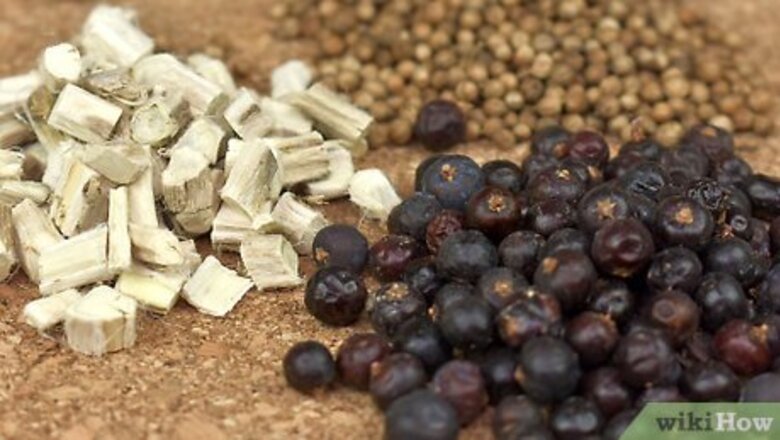
views
Creating Interesting Botanical Blends
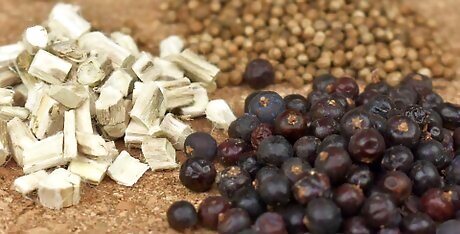
Start with a combination of juniper berries, coriander seed, and angelica root. These 3 ingredients are known as the “holy trinity” in gin-making. All gins contain juniper berries and they are what gives gin its most basic and classic flavor. This is a great starting point when you make your first gin. The proportions for a 750 ml (25 fl oz) bottle of gin are: 35 grams (1.2 oz) of juniper berries 10 grams (0.35 oz) of coriander seeds 10 grams (0.35 oz) of angelica root
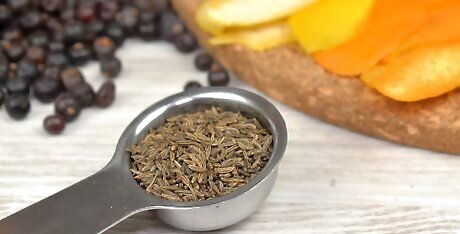
Try a really fruity combination like the G-Funk blend. The blends can be as creative as you like and the flavors you find in the peels of fruit are fantastic to use in botanical blends. This one has 3 different fruit peels in it and is called the “G-Funk” gin which is a totally separate gin to the first recipe. The amounts of this blend are to produce 750 ml (25 fl oz). Peels of 2 lemons Peels of 2 oranges Peels of 2 grapefruits 2 star anise pods 1 tablespoon (0.50 fl oz) of caraway seeds 125 millilitres (4.2 fl oz) of juniper berries
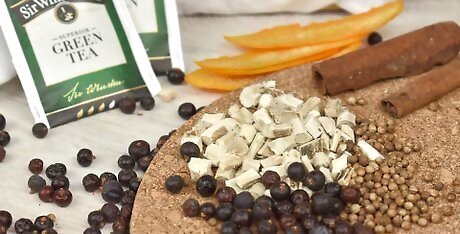
Explore a more exotic blend. As many of these blends are proprietary information, no one except the head distiller of any given gin knows the exact proportions of these ingredients. As long as you know the proportions of the basic 3 botanicals, you can play around with many other flavors. One quite exotic blend, which is also separate to the first recipe, contains the following: 35 grams (1.2 oz) of juniper berries 4 grams (0.14 oz) of coriander 4 grams (0.14 oz) of bitter orange peel 4 grams (0.14 oz) of jasmine flower 4 grams (0.14 oz) of green tea 10 grams (0.35 oz) of angelica root 2 cinnamon sticks
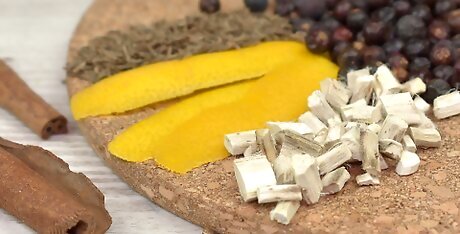
Create your botanical blend by mixing spices in a small cup. Juniper berries are the predominant flavor in gin, followed by the secondary flavors given by your botanicals. A botanical blend can really consist of anything you want but some common notes are peppercorn, cardamom, or coriander seed. The proportions of this blend are entirely up to you. Generally, the spices are between 4 grams (0.14 oz) to 8 grams (0.28 oz) each. If you don't have much experience, it's very difficult to know if a blend is good or not before making it so feel free to play around! When using ground-up versions of these botanicals, reduce the amount used by 80%. This is because the flavor per 1 unit of ground spice is much stronger than 1 unit of unground spice. For example, the recipe calls for 10 grams (0.35 oz) of coriander you would use 2 grams (0.071 oz) of ground coriander.
Combining the Botanicals with Vodka
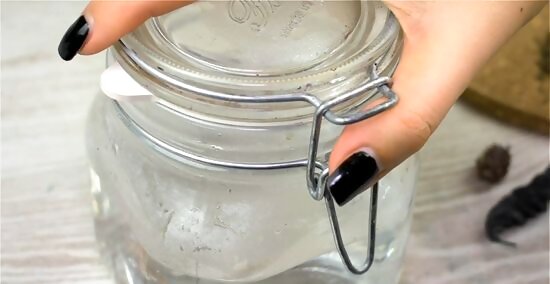
Sterilize an 800 ml (27 fl oz) glass jar by pouring boiling water into it. Sterilizing your bottle is really important as it ensures that your jar is clean before you start crafting the liquor. Just pour boiling water into the jar and shake it around a few times. Your jar will be sterile since heat kills germs and bacteria. Make sure you cover the jar when you shake it so you don't burn your hands from water splashing out of the top. If you do not have any facilities to boil water, clean your jar thoroughly with hot soapy water and then rinse it.
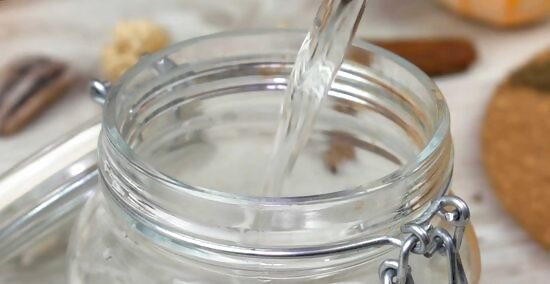
Pour 750 ml (25 fl oz) of vodka into the jar. Vodka works as the base alcohol and will provide a nice basic starting point where the flavors can develop from. Use a decent vodka here but it doesn't need to be top shelf. Good vodka should be as indistinguishable as possible. If you need help, talk to someone at your local liquor store and they'll be able to help you. As the vodka is forming the base of your gin, it should be of a quality that you'd be willing to drink by itself.
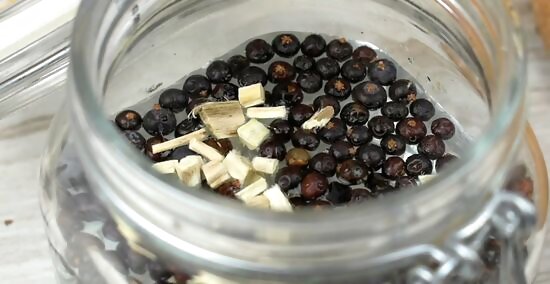
Put the botanical blend in the jar. The base alcohol is now ready to receive the botanical blend you previously decided upon. Make sure you don't spill any out the side; otherwise, the balance of flavor you picked out may be thrown off.
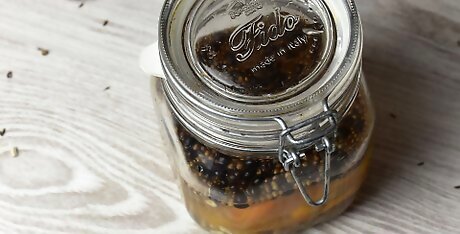
Cover the jar with a lid and infuse in a cool, dark place for 24 hours. Storing the jar somewhere like in a cupboard or in some drawers is a good idea. This process is similar to steeping tea or cold-brewing coffee. Leaving the spices allows the flavors to seep out and into the vodka, which will eventually become gin. The liquor gradually starts to take on a yellow tinge here. This is perfectly normal and has no effect on the flavor or drinkability.
Allowing the Gin to Develop Flavor
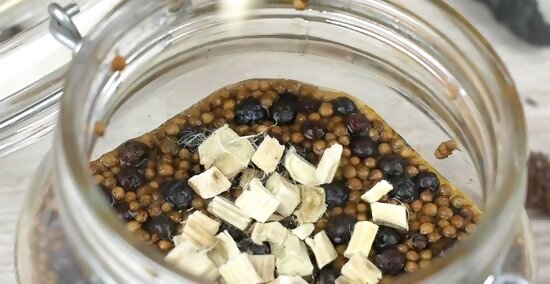
Add in further flavor notes then steep again for 12 hours. At this point, your liquor has a gin flavor with subtle notes of the botanicals you infused it with. However, here is where you can add in some more flavors if you want to make a certain flavor more predominant. When adding the new botanicals in, leave the old ones there as you want them to keep developing and releasing their flavors. If you take a taste here and decide that the flavor is to your liking, don't feel pressured to add more botanicals just for the sake of it.
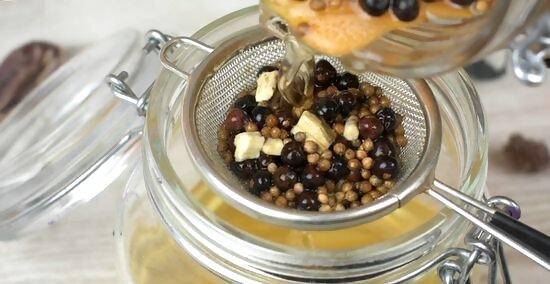
Pour the gin through a sieve into another jar to filter out the solids. This jar also has to be at least 750 millilitres (25 fl oz). Doing this ensures that you don't over-steep the gin which ruins the flavor. It will also ensure that there are no solid botanicals left in your gin. It's possible that some of the botanicals have broken up into smaller pieces that get through the sieve. If this is the case, you can either sieve again or try using a coffee filter. If you are unhappy with the yellow color or suspect there may be some sediment still in there, you can run the gin through a water filter to help this.
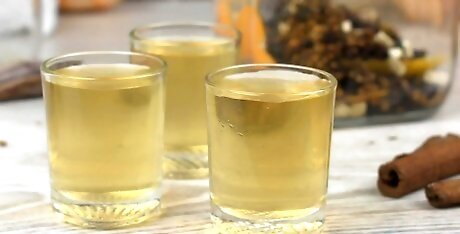
Store the gin out of sunlight in a glass bottle for up to 1 year. Your gin is ready to be consumed! You can store this gin for up to a year or begin tasting it with your friends and family straight away!




















Comments
0 comment